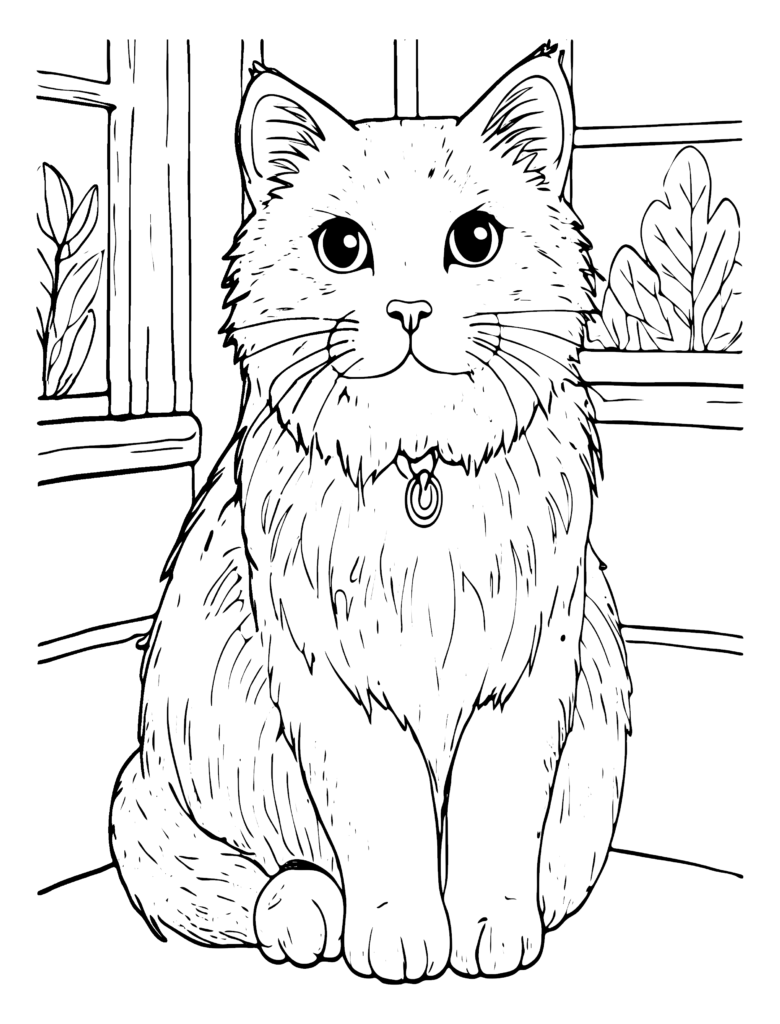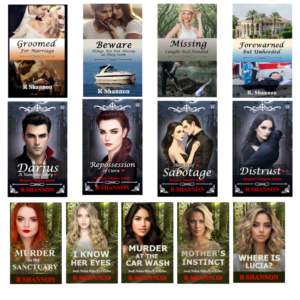
Check out my Book Series!

All my books have a thread of Catholicism running through them.
Ryan Mallardi Private Investigations
Jack Nolan Detective Series
Newport Vampire Stories Series
Author Marketing Website
Enter to win a copy of Book 1 & Book 2 in the Newport Vampire Series
Limited Edition of 250 signed-by-the-author hardcover books
Winner receives both books along with custom-made book plates and magnetized bookmarks for the series.
Add book reviews
The NEWPORT VAMPIRE STORIES SERIES is a contemporary Vampire Story told with a subtle thread of Catholicism running through it.
It is a story about the lengths to which desperation can drive a vampire to possess the one he loves.
For Ciara, who felt unloved and unnoticed in the world all of her life, it’s a story of love and being chosen.
For Darius, it is a story of the power, control and manipulation he developed in his quest for blood, love and loyalty.
Ultimately, Darius must learn to give up up control and manipulation in order to find true love.
Each book can be read separately as each story has a beginning, middle and end. But they are best read in order to follow the full character arcs.
NEWPORT VAMPIRE STORIES SERIES is a different Vampire Series.
❤ Secrets, Lies, Deceit & Desperation
❤ True Love, Need, Sacrifice and Acts of Devotion
❤ Vampiric Obsession, Manipulation & Sabotage
❤ Accidental deaths, Secret Burials, Murder & Kidnapping
❤ Vampires born anew
❤ Being chased by the NY mob
❤ Being investigated by a nosy detective
❤ Being scrutinized by nosy family members
❤ Local Scientist with a blood serum Darius wants
❤ But in the end, it’s about True Love, Family Love and
the human need for Freedom.
The form is below to enter the September Books Giveaway. The Rules and Legal stuff is below. I have used red for the important stuff, but please read before entering.
***** ADD NEW MAILERLITE FORM *****
***** CHANGE TECHNICAL STUFF IN LEGAL PARAGRAPHS BELOW *****
By submitting an entry to the September Hardcover 2 Book Giveaway (the “September Giveaway”), you acknowledge that you have read and agree to be bound by these Official Rules and the decisions of RShannon/ ReadFirstChapter.com, and that you satisfy all eligibility requirements.
The SEPTEMBER GIVEAWAY is open to all humans age 21 or older with a USA mailing address where the books will be sent. Employees of RSHANNON or READFIRSTCHAPTER.COM, (the “Sponsor”), its respective parent, subsidiaries, affiliates, advertising and promotion agencies, distributors, merchants involved with this Sweepstakes, and their immediate family members and/or those living in the same household of each are not eligible to enter or win. Sweepstakes governed by United States law. Sweepstakes is subject to all applicable federal, state and local laws and regulations. Void where prohibited by law. No purchase necessary to enter or win. A purchase will not improve your chances of winning.
To enter the Sweepstakes, click below and sign up with your first name and email. Follow all onscreen instructions to verify your email and submit the online entry form (“Primary Entry”). All entries must be received by September 30, 2024. (“Sweepstakes Entry Period”). Online entrants subject to all notices posted online including but not limited to Sponsor’s privacy policy.
Maximum ARV of all prizes: $30. Prize includes: Author signed hardcvoer books entitled Darius – A Vampire Story and Repossession of Ciara, both books authored by R Shannon, along with 4 magnetized stylized bookmarks. They will be mailed using USPS.com.
If winner is unable to receive the book or fails to offer mailing address within the United States, the prize will be forfeited, and an alternate winner may be selected in accordance with these Official Rules from among the remaining eligible entries for that prize. Prizes may not be transferred or assigned except by Sponsor.
Odds of winning depend on number of eligible entries received during the Sweepstakes Entry Period. The entry invitation will appear on this website all month long and it will also be posted several times to social media.
Winners will be selected in a random drawing from all eligible entries received. Random drawing will be conducted on or about DATE OF OCTOBER 1st, 2024 by a representative from the Sponsor whose decisions are final. Winners will be notified by email. The winner will be required to complete and return an email confirmation of prize acceptance and a verifiable USPS Mailing address. This verification must be within 7 days of the announcement of the winner. The prize will be delivered within 30 days of receipt of verified USPS postal address.
If a potential winner cannot be contacted by email, or receive the prize for any reason, or he/she is not in compliance with these Official Rules, the prize will be forfeited and will be awarded to an alternate winner.
If a winner is otherwise eligible under these Official Rules, but is nevertheless deemed a minor in his or her state of primary residence, the prize will be awarded in the name of winner’s parent or legal guardian who will be required to execute an affidavit on minor’s behalf. No substitutions are permitted except if prize is unavailable, in which case a prize of equal or greater value will be awarded. Prize is not redeemable for cash and non-assignable and non-transferable except to a surviving spouse.
Winner is responsible for all federal, state, local sales and income taxes. Any other incidental expenses on prize not specified herein are the sole responsibility of winner. Entry and acceptance of prize constitute permission to use winner’s name, prize won, hometown and likeness for online posting and promotional purposes without further compensation, except where prohibited by law.
Limit: one prize per household. Prize is guaranteed to be awarded.
Participating entrants agree to these Official Rules and the decisions of the Sponsor, and release, defend and hold harmless the Sponsor and its affiliated companies, including all social media platforms on which this giveaway will be advertised, and all other businesses involved in this Sweepstakes, as well as the employees, officers, directors and agents of each, from all claims and liability relating to their participation, acceptance and use or misuse of prize. Winner assumes all liability for any injury or damage caused or claimed to be caused, by participation in this Sweepstakes or use or redemption of prize. Sponsor is not responsible for any typographical or other error in the printing of the offer, administration of the Sweepstakes or in the announcement of the prize.
Winner acknowledges the Sponsor and all other businesses concerned with this Sweepstakes and their agents do not make, nor are in any manner responsible for any warranty, representations, expressed or implied, in fact or in law, relative the quality, conditions, fitness or merchantability of any aspect of prize.
In the event of a dispute over the identity of an online entrant, entry will be deemed submitted by the “Authorized Account Holder” of the e-mail address submitted at time of entry. Authorized Account Holder means the natural person who is assigned to an e-mail address by an Internet access provider, online service provider, or other organization that is responsible for assigning e-mail addresses for the domain associated with the submitted e-mail address.
Failure to comply with these Official Rules may result in disqualification from the Sweepstakes. Sponsor reserves the right to permanently disqualify from any sweepstakes it sponsors any person it believes has intentionally violated these Official Rules and cancel the Sweepstakes if it becomes technically corrupted.
Legal Warning: ANY ATTEMPT BY AN individual, whether or not an ENTRANT, TO DELIBERATELY DAMAGE, destroy, tamper or vandalize this WEB SITE OR interfere with the OPERATION OF THE SWEEPSTAKES, IS A VIOLATION OF CRIMINAL AND CIVIL LAWS and SPONSOR RESERVES THE RIGHT TO SEEK DAMAGES and diligently pursue all remedies against ANY SUCH individual TO THE FULLEST EXTENT PERMITTED BY LAW.